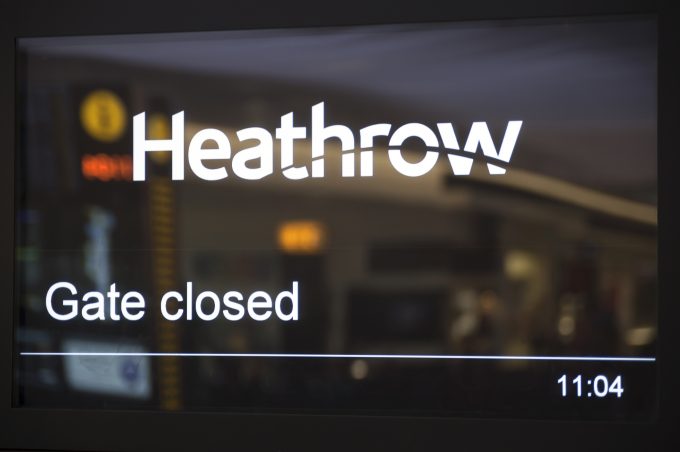Loadstar Podcast | July 2024 | Politics shaping global supply chains as the UK votes
In this episode of The Loadstar Podcast, we explore the complex interplay between politics and ...
TFII: SOLID AS USUALMAERSK: WEAKENINGF: FALLING OFF A CLIFFAAPL: 'BOTTLENECK IN MAINLAND CHINA'AAPL: CHINA TRENDSDHL: GROWTH CAPEXR: ANOTHER SOLID DELIVERYMFT: HERE COMES THE FALLDSV: LOOK AT SCHENKER PERFORMANCEUPS: A WAVE OF DOWNGRADES DSV: BARGAIN BINKNX: EARNINGS OUTODFL: RISING AND FALLING AND THEN RISING
TFII: SOLID AS USUALMAERSK: WEAKENINGF: FALLING OFF A CLIFFAAPL: 'BOTTLENECK IN MAINLAND CHINA'AAPL: CHINA TRENDSDHL: GROWTH CAPEXR: ANOTHER SOLID DELIVERYMFT: HERE COMES THE FALLDSV: LOOK AT SCHENKER PERFORMANCEUPS: A WAVE OF DOWNGRADES DSV: BARGAIN BINKNX: EARNINGS OUTODFL: RISING AND FALLING AND THEN RISING

The UK cannot wait for Heathrow’s new runway if it is to prosper as an air cargo gateway.
The challenges arising from Brexit may lead to much-needed and long-overdue diversification of the industry, said an executive at a major UK airports group at an FTA air freight round table last week.
“With the UK leaving the EU, there will likely be an increase in smaller point-to-point flights, with more flights leading to traffic jams at the likes of Heathrow,” he said.
“Heathrow is already full, so the country cannot afford to wait for it to get its new runway, which may be anywhere up to a decade away.
“So, this presents opportunities to push north and scrap a lot of unnecessary internal flights, with maybe up to 50% of Heathrow’s air freight coming from consolidated volumes.”
The executive suggested that Brexit could heighten modal competition and show how important specific supply chains are, and where there were opportunities for change.
One gateway with room for growth is East Midlands, said the executive, noting the close proximity to a wide array of warehousing, with Amazon and Kuehne + Nagel on its doorstep.
“It’s not only Brexit that offers opportunities, so too do the trade wars and protectionist policies that seem to be returning to political life,” he continued. “These policies are putting a lot more focus on Europe and on UK exports; if other airports can get in on this, the cost of using these airports will drop.”
But to achieve this, the UK government must step in where the private sector is unable to make a difference.
In particular, the airport executive pointed to national infrastructure projects that could support growth across the air freight sector.
“If we cannot get cargo to willing airports because the M1 and other motorways are congested, that’s an area we cannot impact,” he added.
“Of course, there is the government’s seeming problem of recognising the importance of the air freight sector. In its 600,000 word Aviation 2050 strategy, air freight is mentioned just 36 times, with most of these on two pages.”
Comment on this article
John Busby
March 07, 2019 at 10:21 amIn 2018 Heathrow’s freight tonnage carried has increased by 28.5% since 2007 without another runway with the deployment of bigger aircraft. This takes into account a Brexit uncertainty fall of around 1% in 2018 over 2017 instead of the usual average annual growth of 3% in traffic.
There is no need for another runway at Heathrow as its ultimate passenger capacity of 130 million per year can be attained with average passengers per flight of an easily obtained 290. See …/runway.htm